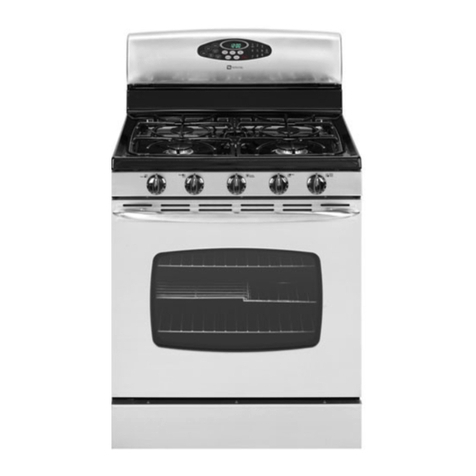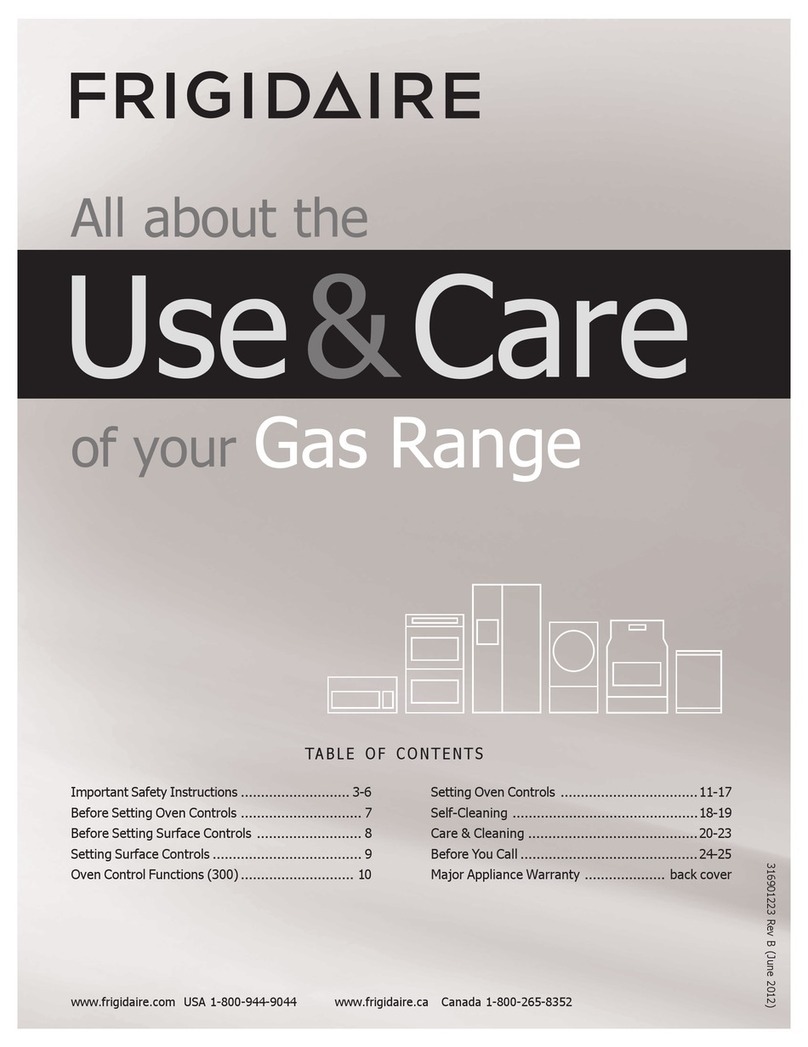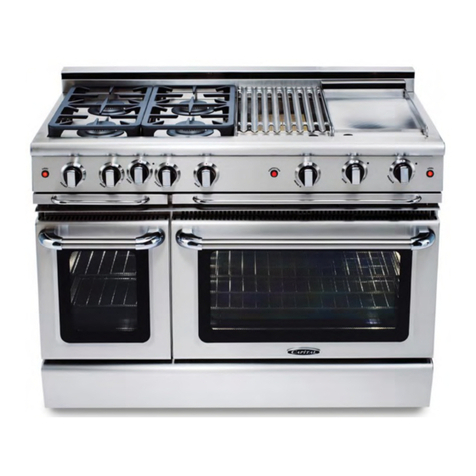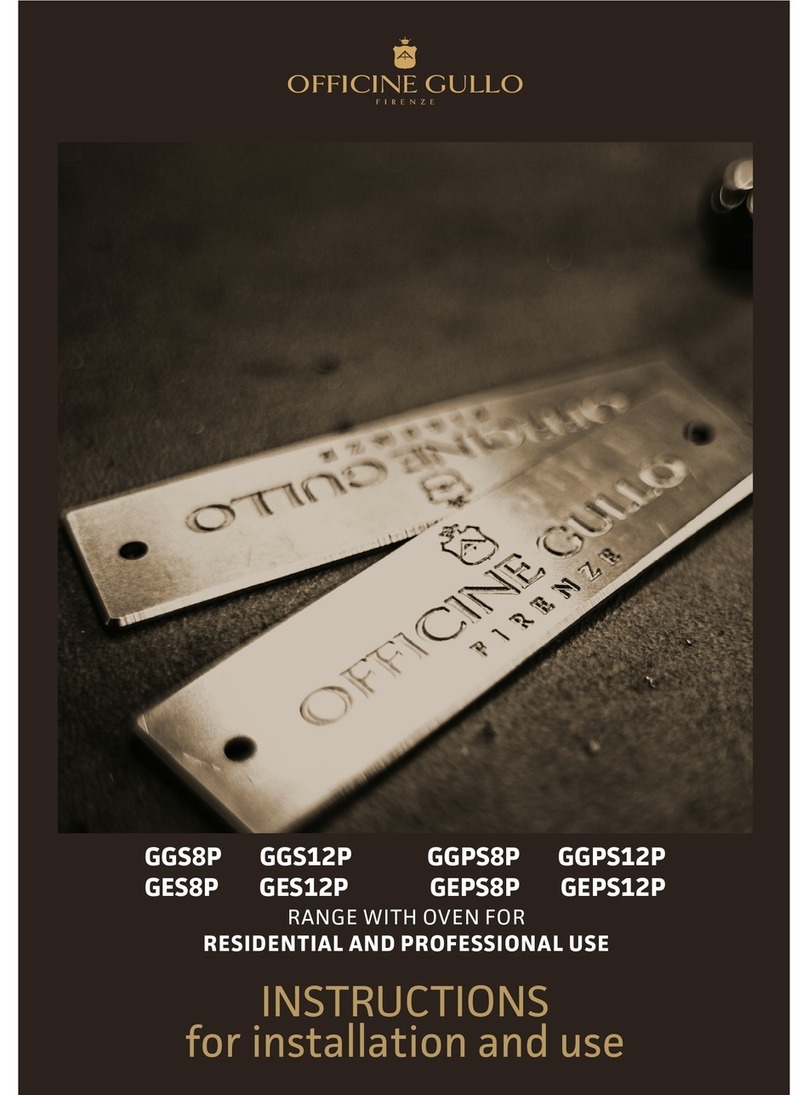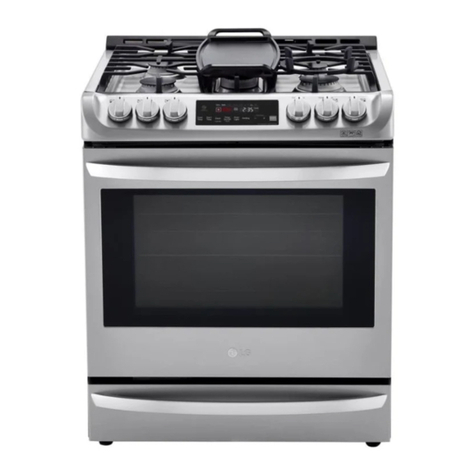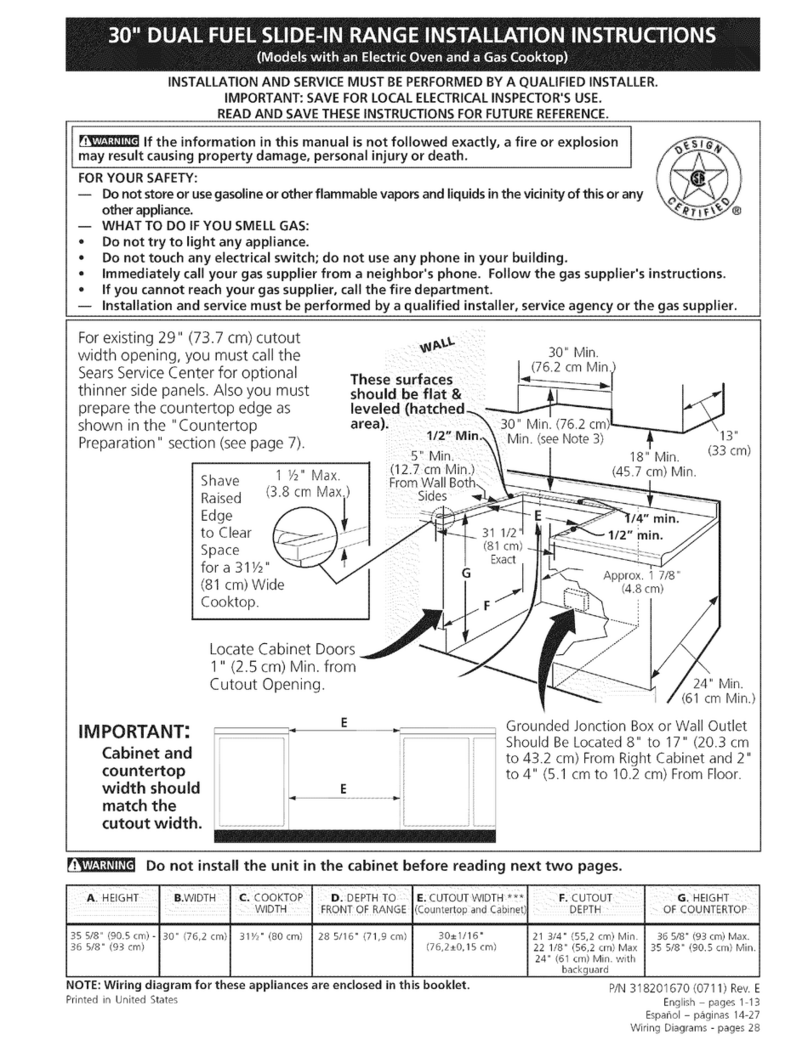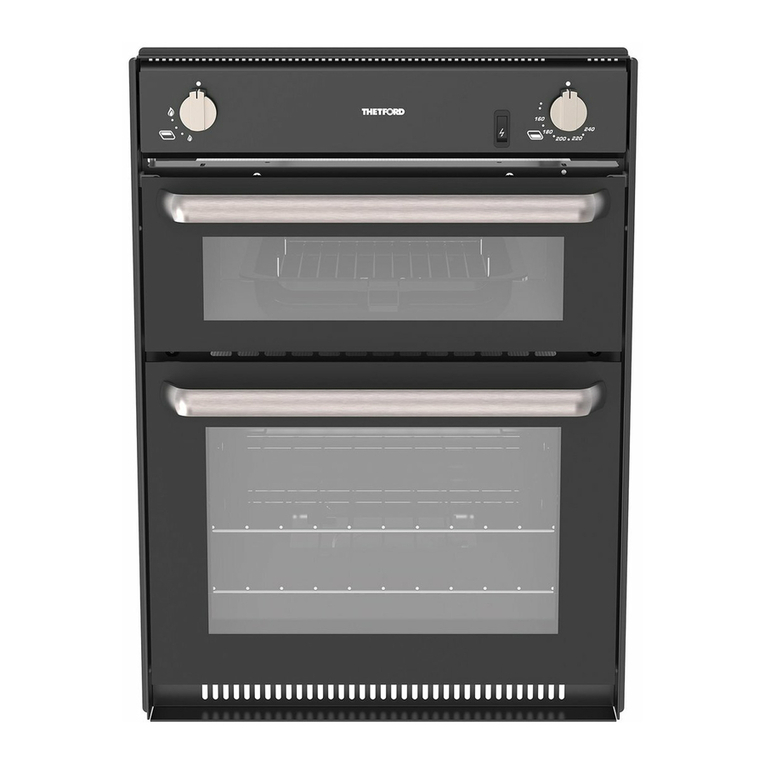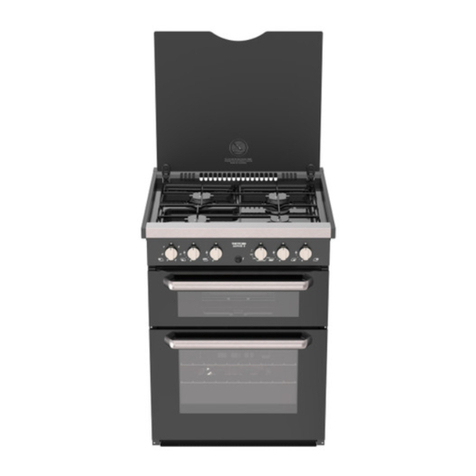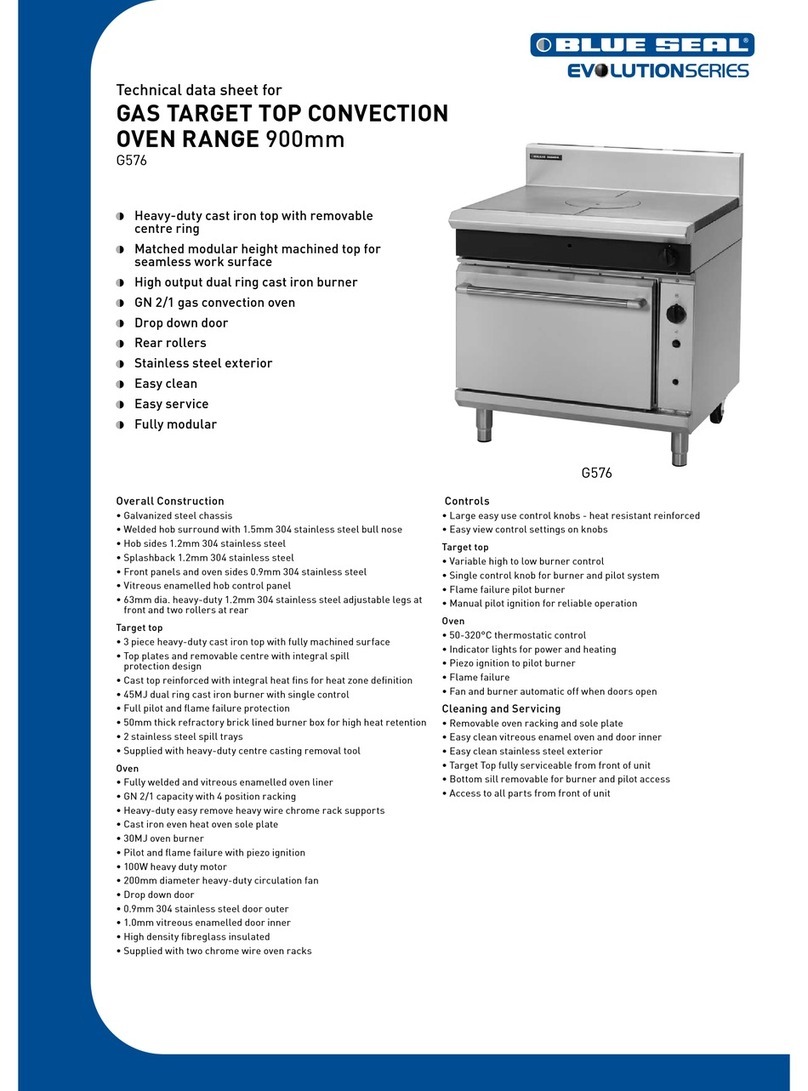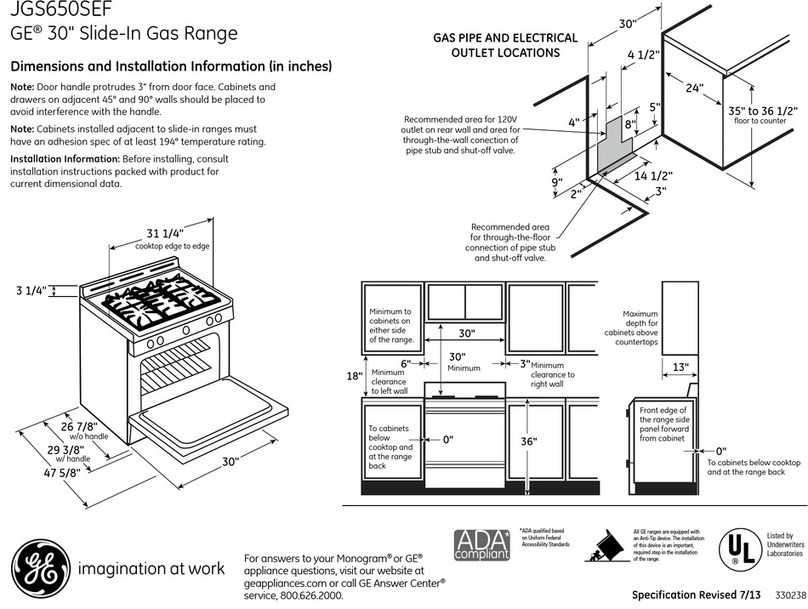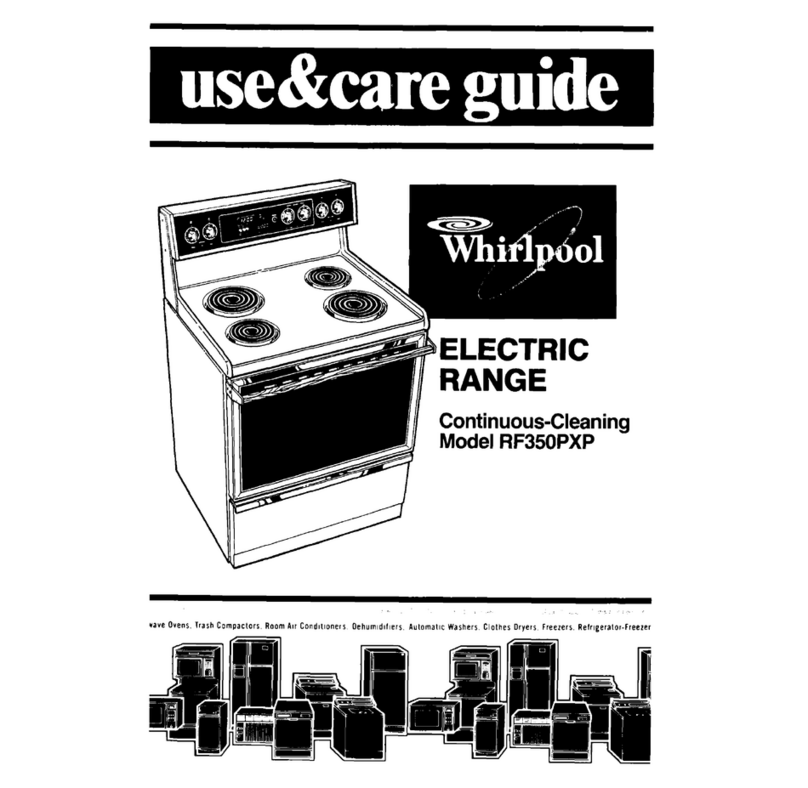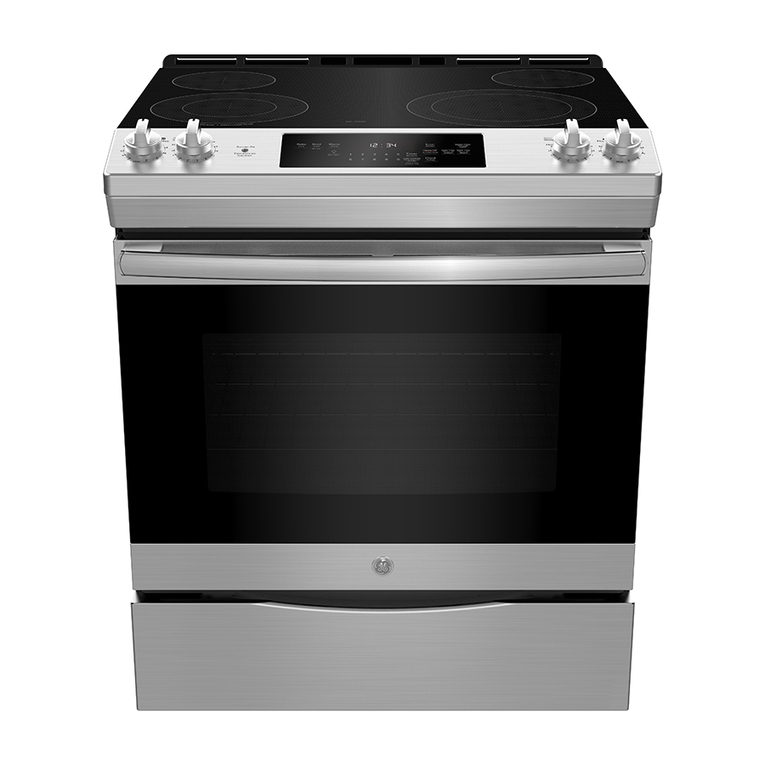OPERATION
Do's and Don'ts
DO Read the user instructions carefully before first use of the appliance.
DO Allow the oven to heat before using for the first time, in order to expel any smells
before the introduction of food.
DO Clean the appliance regularly and remove spills as soon as they occur.
DO Always use oven gloves when removing food shelves and trays from the oven.
DO Check that controls are in the off position when finished.
DO NOT Allow children near the cooker when in use. Turn pan handles away from the
front so that they cannot be caught accidentally.
DO NOT Allow fats or oils to build up in the oven trays or base.
DO NOT Use abrasive cleaners or powders that will scratch the surfaces of the
appliance.
DO NOT Under any circumstances use the oven as a space heater.
DO NOT Put heavy objects onto open grill and oven doors.
LEAKS
If a smell of gas becomes apparent, the supply should be turned off at the cylinder
IMMEDIATELY. Extinguish naked lights including cigarettes and pipes. Do not operate
electrical switches. Open all doors and windows to disperse any gas escape. Universal LPG is
heavier than air; any gas escaping will therefore collect at low level. The strong unpleasant
smell of gas will enable the general area of the leak to be detected. Check that the gas is not
escaping from an unlit appliance. Never check for leaks with a naked flame; leak investigation
should be carried out using a leak detector spray.
MAINTENANCE
We recommend an annual service by an authorised service agent to maintain efficient
appliance performance. In between annual service the appliance needs little maintenance
other than cleaning.
All parts should be cleaned using warm soapy water, do not leave wet cloths, cleaning pads,
cleaning products or other dirt to dry on the appliance as it can cause pitting or staining of the
surfaces. Do not use abrasive cleaners, steel wool or cleansing powders. When cleaning the
burner ring it is essential to ensure that the holes do not become blocked.
The control knobs are a push fit and can be removed for cleaning. They are interchangeable
without affecting the sense of operation
Any of the following are considered abnormal operation and may require servicing.
•Yellow flames (Slight yellow tipping of flames is normal).
•Sooting of cooking utensils.
•Burners not igniting properly.
•Burners failing to remain alight
•Burners extinguished by cupboard doors.
•Gas valves that are difficult to turn
